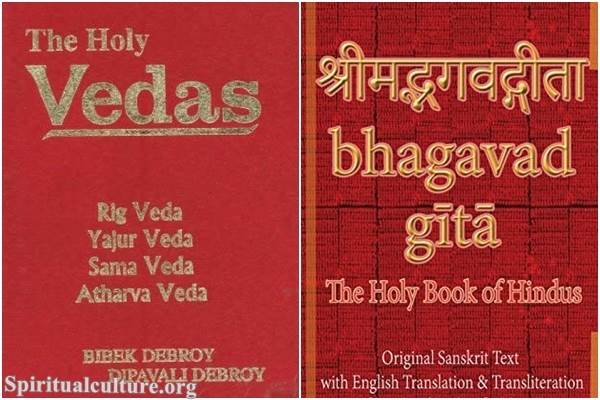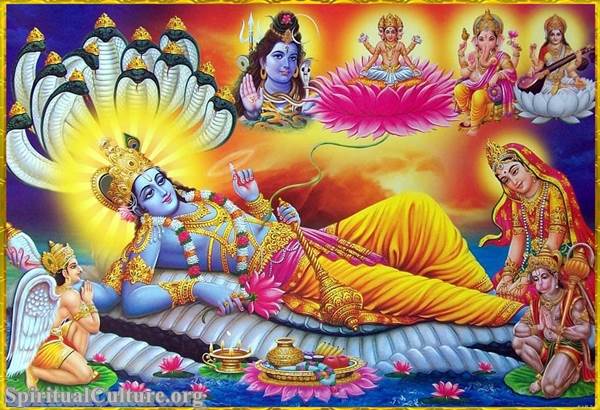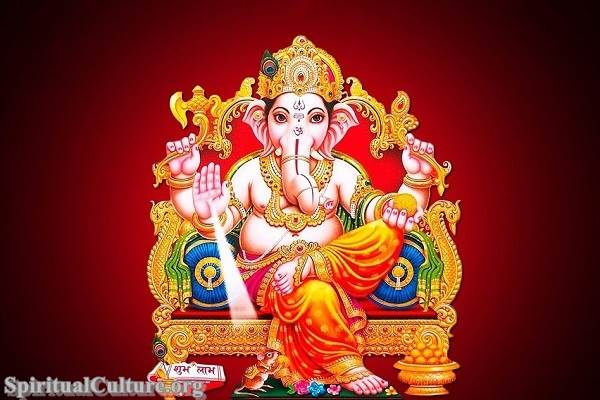In every human heart, there lies a yearning: to know what is real, to see what is true. And yet, across lifetimes and cultures, we find ourselves entangled in what feels like a grand drama — vivid, compelling, but often painfully elusive. Hindu philosophy offers a profound word for this paradox: Maya.
Maya is not merely illusion in the sense of something false or deceptive. It is subtler, deeper — the entire cosmic projection that conceals the underlying unity of existence. Through Maya, the eternal appears temporal. The formless takes form. The One becomes the many.
In this article, Spiritual Culture will guide you through the heart of Hindu thought on Maya — not as an abstract doctrine, but as a mirror into your life, your perceptions, and your journey toward liberation. We’ll explore what Maya means, how it shapes reality, and how sages across the ages have seen through it to the truth beyond.
The Meaning of Maya in Hindu Thought
Maya: A Multifaceted Concept
The Sanskrit word Māyā (माया) derives from the root “ma” meaning “to measure, to form, to build.” In early Vedic texts, Maya was a creative power — a kind of divine magic. It was the energy through which gods manifested the universe. But as Hindu philosophy evolved, particularly through the Upanishads and Advaita Vedanta, Maya took on a more nuanced and metaphysical meaning.
In these later traditions, Maya is the power of illusion that veils the true nature of Brahman, the ultimate, unchanging reality. It makes the transient world appear as permanent. It makes the individual soul (jiva) believe it is separate from the cosmic soul (Atman), when in truth, all is one.
Illusion, But Not Mere Falsehood
Maya does not imply that the world is nonexistent or false in the absolute sense. Rather, it is relatively real — it exists in a provisional, changing, conditional way. The classic analogy used in Vedanta is that of mistaking a rope for a snake in the dim light. The snake seems real — it evokes fear, it appears vividly — but upon illumination, you realize it was only a rope.
Likewise, Maya is that mistaken perception: the conviction that the material world is the ultimate reality.
Maya and Brahman: The Two Levels of Reality
Paramarthika vs. Vyavaharika
Hindu metaphysics often distinguishes between two levels of reality:
- Paramarthika: the absolute reality — Brahman, the formless, timeless, unchanging consciousness.
- Vyavaharika: the empirical reality — the world of forms, names, cause-and-effect, where duality exists.
Maya operates within the realm of Vyavaharika. It is the mechanism through which the world appears, even though it is not the final truth. Through Maya, Brahman appears as the universe. Through Maya, unity appears as multiplicity.
Swami Vivekananda once said:
“Maya is not a theory; it is simply a statement of facts — what we are and what we see around us.”
Maya in the Upanishads and Vedantic Scriptures
Chandogya Upanishad: “Tat Tvam Asi”
One of the central teachings of the Chandogya Upanishad is the phrase:
“Tat Tvam Asi” — That Thou Art.
This assertion breaks through the illusion of separation. It tells the seeker that you are not merely the body, not just the mind, not even the individual soul — you are Brahman. Maya is what makes us forget this truth.
The Mandukya Upanishad and the Dream Analogy
Another powerful metaphor appears in the Mandukya Upanishad, which likens waking life to a dream. Just as the dream appears real while we’re in it, so too does the world seem real under the spell of Maya.
But just as one awakens from a dream, the spiritual seeker — through discrimination and meditation — awakens from the illusion of separateness.
Maya and the Self: How Illusion Shapes Identity
The Ego and False Identification
At the personal level, Maya manifests as the ego — the belief that “I am this body,” “I am this name,” “I am separate from you.” These identities are not inherently evil; they are part of the play of existence. But when we cling to them as the whole truth, we suffer.
This false identification leads to fear, desire, comparison, and conflict — because the ego sees itself as limited and constantly threatened.
The Bhagavad Gita echoes this truth:
“Deluded by the ego, man thinks, ‘I am the doer.’” (Gita 3:27)
Karma and Samsara: Maya’s Playground
Through Maya, the soul becomes entangled in karma (the law of cause and effect) and samsara (the cycle of birth and rebirth). We act under illusion, reap the fruits, and return again — all the while forgetting our divine nature.
Until we awaken.
Maya in Daily Life: How It Affects Us
Everyday Examples of Maya
Maya is not some abstract force — it’s woven into the fabric of daily life. Consider:
- The pursuit of status or wealth as if they bring lasting happiness
- The belief that we control everything, even when life proves otherwise
- The attachment to outcomes, when all is impermanent
- The division of “us” and “them”, forgetting our shared essence
These are all expressions of Maya — ways the mind confuses the changing for the changeless, the part for the whole.
Emotions and Maya
Even our emotions, though real and valid, are colored by illusion when we identify with them too deeply. Anger, envy, pride — all arise when the ego feels separate and threatened. Joy, peace, compassion — these come when we see beyond separation.
The Role of the Guru: Dispelling Maya
Why the Guru Is Central
In Hindu tradition, the guru is the dispeller of darkness, the one who reveals what is real. The word “guru” itself comes from “gu” (darkness) and “ru” (remover).
A realized teacher helps the seeker distinguish between Brahman and Maya, between truth and appearance — not just intellectually, but experientially.
As Adi Shankaracharya wrote:
“Only through the knowledge imparted by the guru can one cross this ocean of Maya.”
Seeing Through Maya: Paths to Realization
Jnana Yoga: The Path of Knowledge
Jnana Yoga (the yoga of knowledge) directly confronts Maya. Through inquiry — asking Who am I?, What is real? — the seeker peels away layers of illusion.
The practice of viveka (discernment) and vairagya (detachment) are essential. One must see the impermanent as impermanent and the eternal as eternal.
Bhakti Yoga: The Path of Devotion
In Bhakti Yoga, Maya is overcome not by reasoning but by surrendering the ego to the Divine. Love melts the illusion of separateness. The devotee sees God in all beings, and thus the walls of ego dissolve.
As the poet-saint Mirabai wrote:
“Maya has no hold on one whose heart belongs to Krishna.”
Karma Yoga and Raja Yoga
- Karma Yoga purifies the heart through selfless action — acting without attachment to results.
- Raja Yoga, the path of meditation, stills the mind so the seeker may perceive the eternal self beyond thought.
All paths aim to pierce the veil and see clearly.
The Dance of Maya and Lila: The Divine Play
Maya Is Not the Enemy
It is important to understand that in Hindu thought, Maya is not evil. It is simply the way Brahman expresses itself — a veil that both hides and reveals.
In the non-dual tradition of Advaita Vedanta, Maya is ultimately Brahman itself, appearing in form. This is sometimes expressed in the idea of Lila — the divine play.
The world is real in the sense that it is God’s play, just not ultimately real as Brahman is.
As Ramakrishna Paramahamsa once said:
“Maya is like the fog. It hides the sun, but it cannot destroy it. When the fog clears, the sun is seen to have always been there.”
What This Means for You
Reflect and Reimagine
To understand Maya is not to reject the world, but to see it rightly. The goal is not to flee from life, but to pierce its surface and encounter the sacred beneath.
You are not just a name, a role, a bundle of thoughts — you are the Self, untouched by time. Maya is the dream. Brahman is the dreamer. And you are that.
In moments of stillness, love, surrender, or insight — Maya thins. The light of truth breaks through.
So ask yourself:
- What do I take to be real?
- Where am I caught in illusion?
- How can I live in this world, without being bound by it?
As you walk this path, remember: the world is not an obstacle — it is the gateway. And every illusion, once seen through, becomes a window into truth.
Spiritual Culture invites you to pause, to question, and to awaken — not by denying the world, but by seeing through it to the One who shines in all.
Om Tat Sat.




